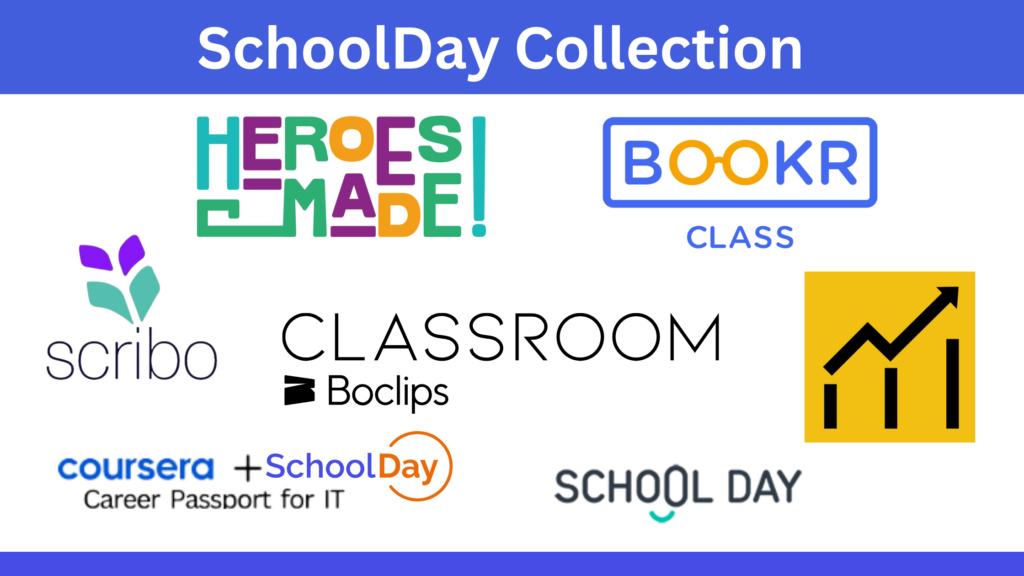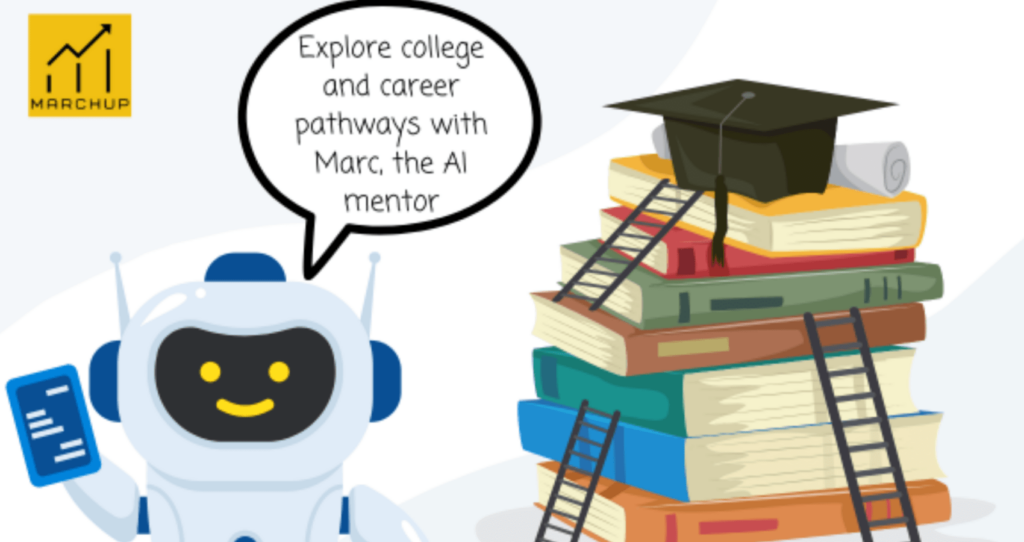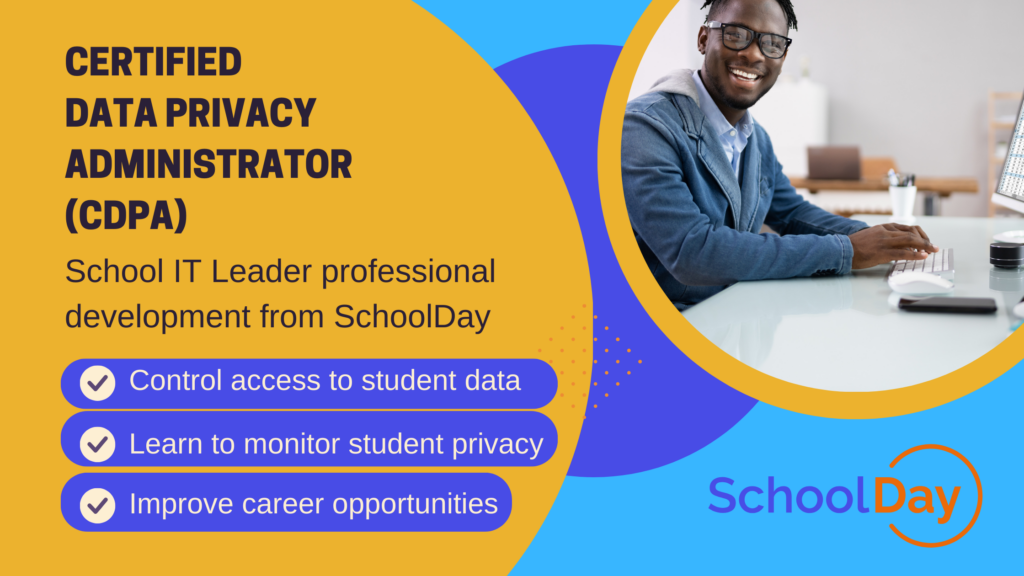Across the country, high schools are embracing career readiness programs. These programs, rather than push every single student to go to college, help identify career paths for students who either want to go to work right out of high school, want a higher paying job upon graduation, or want to work to pay for college rather than take out student loans.
What Is Career Readiness?
Career readiness is the term used to describe those skills that students need, to prepare them for entering the job market when leaving high school, college, or a technical program. The skills needed for today’s jobs and the jobs of the future have changed radically, demanding new skill sets from students and requiring schools to adjust their curriculum accordingly, with the intention of helping students become more proficient in their chosen career paths.
Today’s Career Readiness Programs Must Reflect Tomorrow’s Workforce Needs
While many well-developed career readiness programs exist in areas like auto mechanics and certified nurse’s aid programs, there has been a strong demand from the business community for workers who are better prepared for the technology they’ll be using in the workforce. So, in addition to medical and automotive career programs, which are essential, many high schools are introducing career and technical education (CTE) programs and work-based learning opportunities that allow students more hands-on experience with the technology they’ll need to be proficient in once they are in the workforce.
On the importance of CTE programs, the Department of Defense Education Activity (DoDEA) remarks:
CTE gives learning a boost. It combines regular academic courses with career-focused courses, skill-building, mentoring, and work opportunities to give students extra preparation for college and careers. Students receive hands-on training, mentoring, and internships from employers in their community. They learn how to develop a résumé and interview for a job. CTE students do better in class because the hands-on experience makes academic subjects more engaging and more interesting. This experience helps students build confidence and leadership skills to meet their goals in and out of the classroom. Overall, CTE students have a significantly greater high school graduation rate than the national average.
Why Schools Should Embrace Career Readiness Programs
K-12 schools have always played a role in career readiness. Thirty years ago, primary teachers inspired young students to dream about what they wanted to be when they grew up. Nothing has changed, except that K-12 schools now have more practical ways of delivering career readiness to students and preparing them for the future of work.
There are measurable benefits to schools, students, and communities when career readiness is prioritized in high school. Career readiness programs:
- Create a pipeline of skilled workers who have the qualifications to remain competitive and innovative on a global scale.
- Help students identify and build their strengths early on in their education, permitting more specialized and individualized educational opportunities.
- Develop students who are more prepared not only for the workplace but for advancing to higher education. Schools with CTE programs tout higher college attendance rates and higher graduation rates from both high school and college.
- Improve student soft skills and critical thinking capabilities.
As a public benefit corporation, SchoolDay maintains significant mission-focused initiatives that support students and schools around the world. Our primary initiative is the development of career readiness programs for high school students.
Pathways to Career Readiness
As early as middle school, districts can begin preparing students for the future workforce. Some of the skills employers are looking for are distinctly tech-related and require specific industry-recognized credentials; many soft skills can be introduced from the onset of primary school. Bernard Marr, international bestselling author and strategic business and technology advisor, has identified 16 of the top soft skills necessary for success in the workplace of the future. They include:
- Critical thinking
- Judgment and complex decision making
- Emotional intelligence (EQ) and empathy
- Creativity
- Collaboration and teamwork
- Interpersonal communication skills
- Working in gigs
- Adaptability and flexibility
- Cultural intelligence and diversity consciousness
- Ethical awareness
- Leadership
- Managing the brand of you and networking
- Time management
- Curiosity and continuous learning
- Embracing and celebrating change
- Looking after yourself (work-life balance)
These skills can be taught from the moment a child has cognitive capabilities, and the stronger the child’s soft skills are as they enter middle and high school, the more prepared they’ll be to enhance their education with a career-readiness curriculum that includes work-based learning, internships, and CTE courses with industry leading vendors.
Career Readiness Is Crucial
From implementing career readiness with Coursera and enhancing your CTE programs to considering various ways of introducing soft skills throughout your students’ education, districts can begin providing their students with the tools they need to be competitive in the workforce as soon as they start school. SchoolDay is committed to helping schools prepare students for the future of work. Get in touch today to learn more about how we can help.













